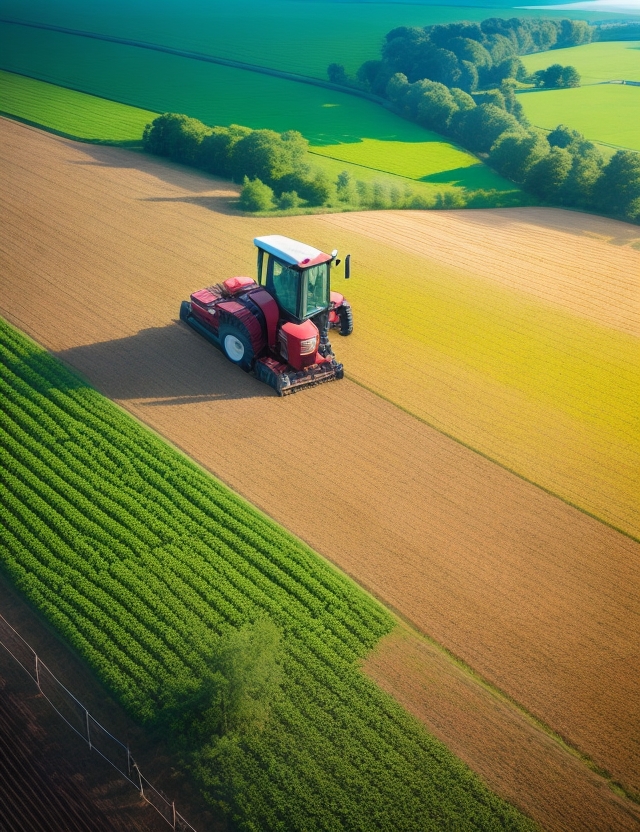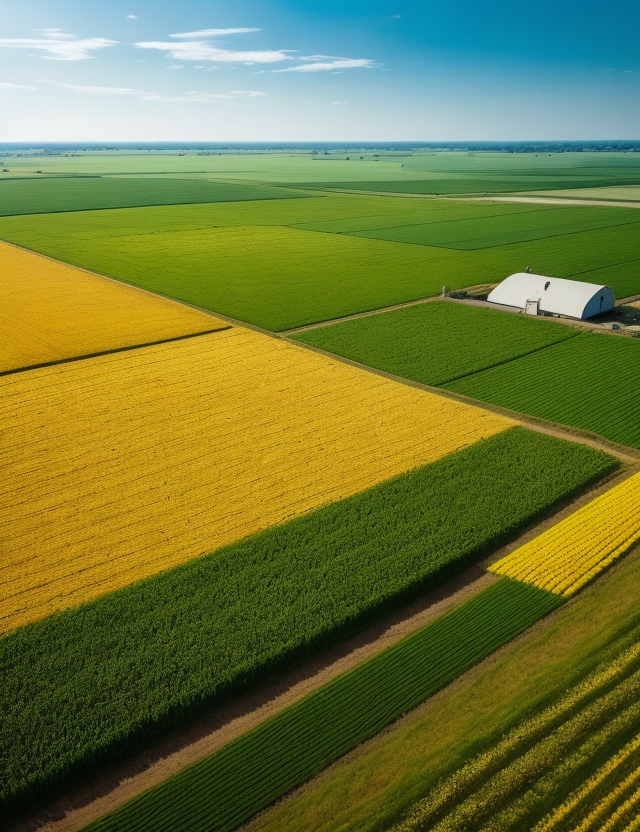The Comprehensive Guide to Crop Rotation in Modern Grain Farms
Expanded Soil Nutrient Balance
Soil nutrient balance is one of the pillars of successful farming. The elemental makeup of the soil can significantly influence crop health and yield. When the same crop is continuously grown in the same soil, specific nutrients are depleted, requiring additional synthetic fertilizers to maintain yield. In crop rotation, the strategic sequencing of crops can regenerate these nutrients. Leguminous plants, for example, have a symbiotic relationship with nitrogen-fixing bacteria, allowing them to replenish nitrogen that grains and cereals deplete. Therefore, rotating legumes with cereals creates a self-sustaining nutrient cycle that significantly reduces the need for external fertilizers.

Expanded Pest and Disease Prevalence
The prevalence of pests and diseases is a complex issue tied to multiple factors, including local ecology, farming practices, and even weather conditions. When crops are rotated, the natural life cycles of many pests and diseases are interrupted. Soil-borne pathogens like nematodes and fungi often target specific crops. By changing the crop each season, these organisms lose their food source, reducing their prevalence and potentially eliminating them. Research in the European Journal of Plant Pathology showed a significant reduction in nematode populations when crop rotation was implemented, thus confirming its effectiveness in disease and pest management.
Expanded Yield Improvement
Yield improvement is often the most immediate concern for farmers, as it directly impacts economic viability. Studies indicate that a well-planned crop rotation can lead to more robust plants that are less susceptible to diseases, translating to better yields. Additionally, the yield improvement is often accompanied by better produce quality. The nutritional content of crops can be enhanced through improved soil health, leading to produce that is not just abundant but also nutritionally rich. In a study conducted at Iowa State University, rotating corn with other crops led to increased yield and decreased incidence of diseases, affirming the multifaceted benefits of crop rotation.

Economic Aspects
It's essential to consider the economic implications of adopting crop rotation. While the practice can reduce the need for chemical fertilizers and pesticides, it might necessitate specialized machinery or labor to handle different crops. The market demand for rotated crops also needs to be assessed to ensure profitability. However, the long-term benefits, including improved soil health and reduced pest management costs, often offset these initial challenges.
Crop rotation stands as a cornerstone in sustainable agriculture, with diverse benefits ranging from nutrient management to pest control and yield improvement. It brings an ecological balance that is not just beneficial for the farm but also for the surrounding environment. While adopting crop rotation might entail some initial investment and planning, the long-term advantages far outweigh these challenges, making it an indispensable strategy for sustainable grain and cereal farming.
Thank you for delving into the complexities of crop rotation with us. To expand your understanding of sustainable farming practices, you may also enjoy our detailed analysis in "Transitioning to Organic Vegetable Farming," which covers everything from startup costs to market opportunities. Alternatively, our article on "Mixed Farming Systems" provides another fascinating angle on soil health and chemical use in farming.





